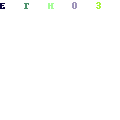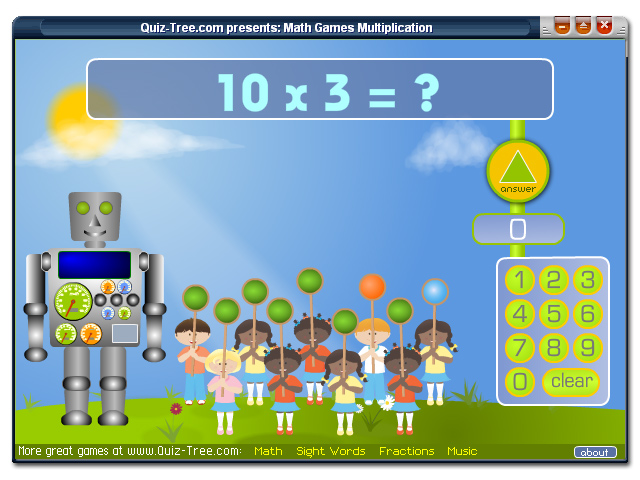1. Gamification means rewards and rewards means achievement medals
Though many educators talk big about gamification, their ideas on implementation often boil down to feedback through rewards; you do something well, you get an achievement medal. They often look something like this:
 |
| Khanacademy.org reward system |
Feedback and rewards are used often in computer games and I believe that there is a lot that can be taken from them, but medals are the lowest form of reward used in games. When you achieve something in a game, you go up a level making some of the more mundane tasks easier, you get in-game money, you get a new weapon to play with, a new area to explore, an action-packed cutscene, you get a new level of challenge. You get to stand on the corpse of your vanquished foe and watch your friends run to safety. Complete a level and you get to fly around the world on an indestructable dragon. Learn how to use the gravity gun in Half-Life 2 and you can rip the world apart and use the pieces to impale your enemies. The game is the reward.
So how can this be applied in the classroom? Maths can be exciting and engaging in its own right. An interesting and rich problem can be used as the reward for learning a new skill: Know how calculate surface areas? Design your perfect house using exactly one million bricks!
2. Gamification is about making boring tasks fun
The standard thought goes like this: 'Kids are bored in class. I want kids to find class engaging and fun. Kids find computer games engaging and fun. I should copy computer games!' The problem is that games don't have a syllabus to work around. They are not trying to teach you anything. If something is boring in a game, you just take it out. Games start with fun activities and build a story around them. If you took away all the reward systems, feedback, pacing, graphics, exploration, etc. away from a modern game, it would end up looking something like this:
Or this:
The point is that it would still be fun. If you want to gamify your classroom, start by making the tasks fun, not by hiding the tedium behind flashing lights:
3. Game mechanics are directly transferable to classrooms
As hinted at above, the central goals of teaching and game design are different; games are there to entertain, teaching is there to encourage learning. Games designers target an individual's attention span, not a class of 30, they have high production values and they do not try to make people do antyhing widely disliked such as maths. Therefore, many of the tools games designers use are just not applicable to teaching. Games can not be blindly copied, but each element should be looked at, adapted or thrown away, depending on its usefulness. Much like Dan Meyer attempts to do, taking elements of good filmmaking, in his 3act math.
4. Gamification means following a set of rules
People often talk about the science of game making; getting the perfect amount and timing of feedback, analysing user interfaces to make them as intuitive as possible, recording millions of data points every second to make a game as addictive as possible, etc. I am currently playing Skyrim. It looks like this:
...See what I mean? Computer games design is just as much an art form as film-making or composing. So while these rules and analysis may be useful, that is certainly not all there is to it and following them would not necessarily make a good game.
5. Classrooms need gamification
This is probably the biggest mistake people have about classroom gamification. The thing is, classrooms are already gamified. In any decent class pupils will:
Now tell me that that is not what gamification tries to achieve!
- Get timely feedback to know what they have done well and how to improve.
- Have their achievements recorded.
- Are rewarded in a variety of ways.
- Do fun activities which promote engagement.
- Have the difficulty of tasks adjusted to suit their abilities.
- Have concrete objectives and rules.
- Feel no pressure to succeed on the first attempt, but try to learn from any failures.
By the way, Skyrim is completely awesome.






I agree that making tasks fun is a great starting point for gamification.
ReplyDelete